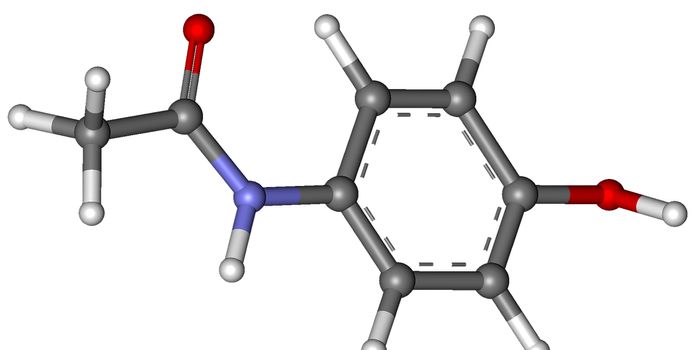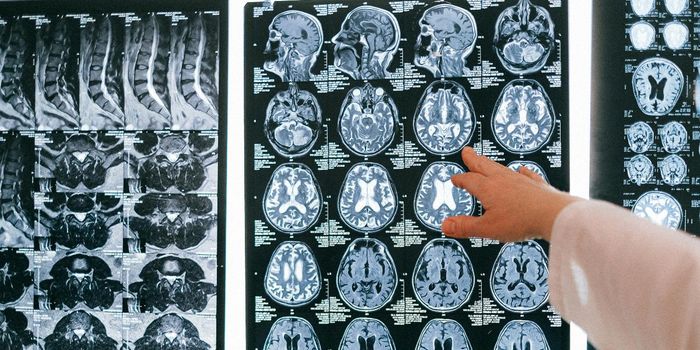Reduced Sensitivity to Heat Pain in Older Adults

The somatosensory system includes perceptions of tactile, temperature, pressure, and pain. During the aging process, the somatosensory systems decline, which may affect the experience of pain. Further research is needed to better understand how the aging process affects pain perception from different somatosensory stimuli.
In the current study, researchers recruited 30 middle-aged or older adults aged between 40 and 72 years old alongside 32 healthy young adults aged between 19 and 28 years old. During the experiment, the researchers applied heat and pressure stimuli separately at different intensities to participants' feet and asked them to point out when they started to feel pressure or hotness, when they started to feel pain, and when it was 'as bad as it could be.'
Ultimately, older adults reported lower pain ratings for heat stimuli above their pain threshold, suggesting they were less sensitive to pain than younger participants. Older adults were also less able to distinguish heat stimuli near or above their pain threshold, suggesting that the ability to discriminate heat pain intensity may decrease with age. However, the researchers found no significant decline in pressure pain perception and sensitivity.
"An age-associated decline in heat pain perception was observed, suggesting an earlier degradation of heat perception. These findings provide new insight into understanding and assessing somatosensory disorders, which can help aging populations better maintain healthy sensory functioning," wrote the researchers in their paper.
The researchers noted that their findings have some limitations. They wrote, for example, that while the age distribution among older adults was somewhat discrete, it was quite concentrated in the younger group. They thus recommended that future studies include samples with more age group divisions and larger sample sizes. They also recommended that future research employ additional somatosensory modalities to further characterize pain perception.
Sources: Age and Ageing, Neuroscience News








